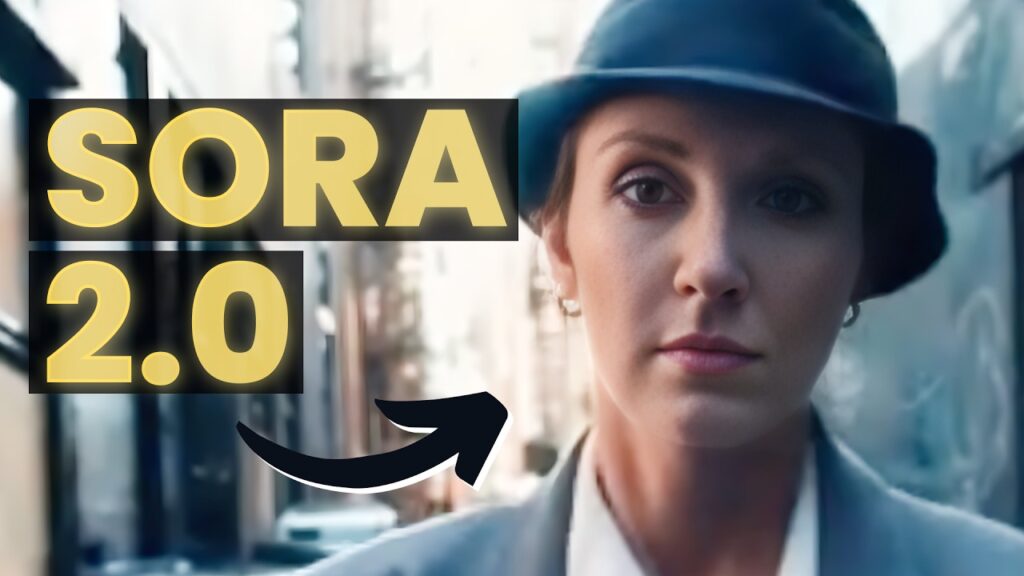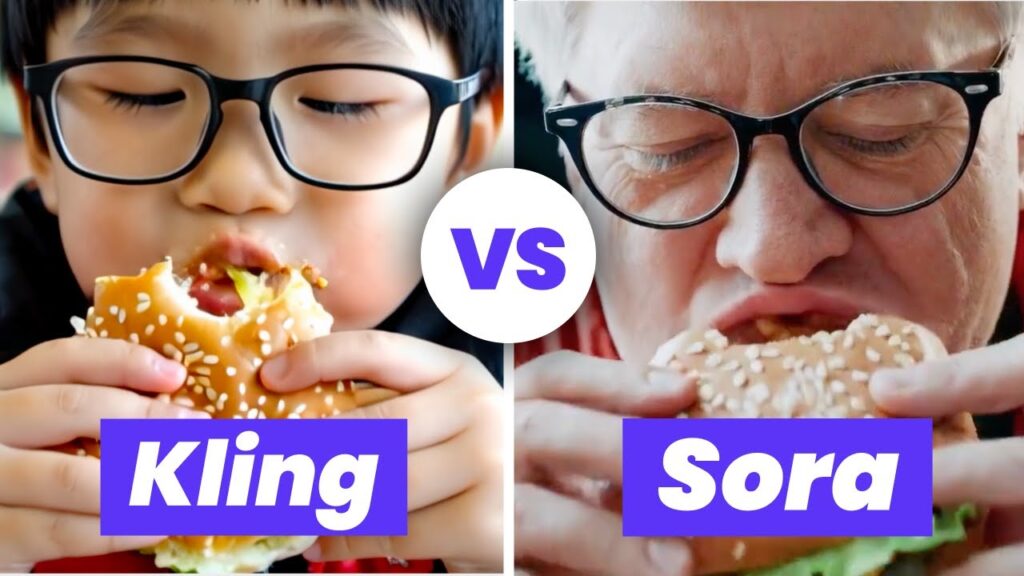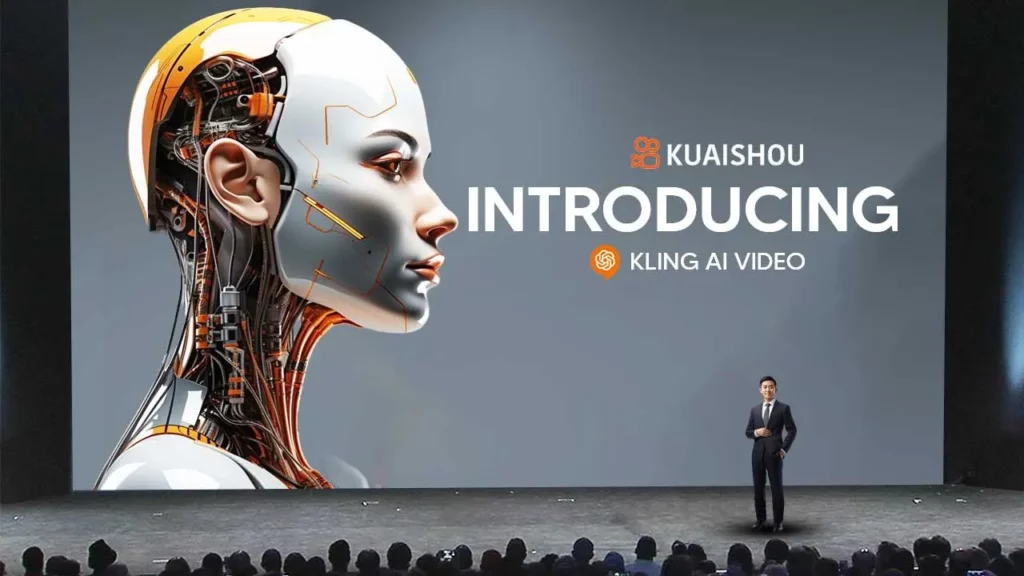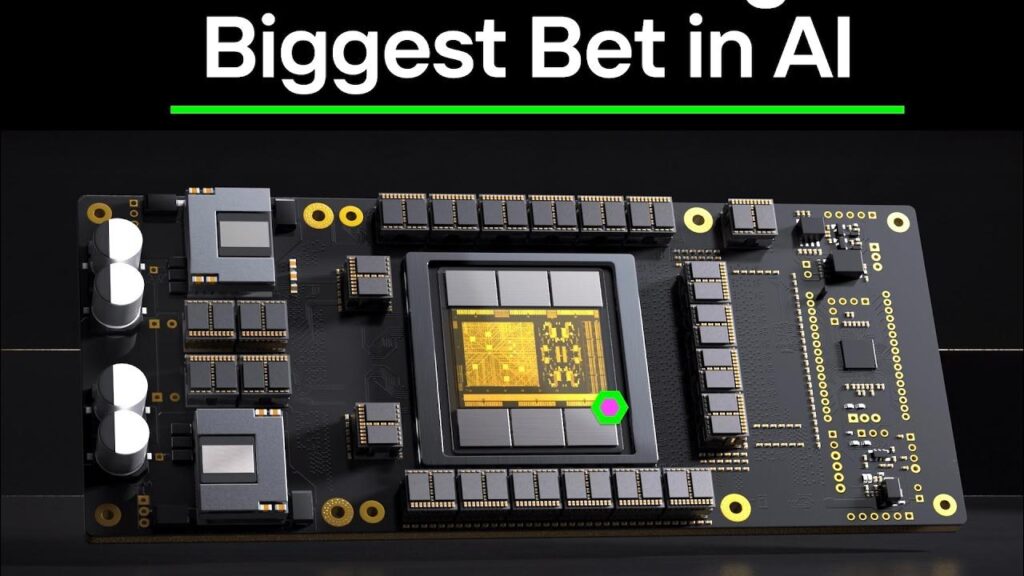The realm of artificial intelligence continues to push boundaries, and the latest breakthrough comes in the form of Kling AI, a revolutionary text-to-video model developed by a Chinese company. Kling has taken the AI world by storm, offering high-quality, realistic video generation that rivals leading models like OpenAI’s Sora.
Kling’s capabilities are truly impressive, as demonstrated by its ability to create videos with intricate details and lifelike characteristics. From a child biting into a burger to a Corgi strolling on the beach and even a panda strumming a guitar, Kling showcases a level of sophistication that was previously unseen in AI-generated content. The model’s attention to detail, consistency with backgrounds and clothing, and novel connections between elements like sunglasses, fur, and lighting set it apart as a top-tier video generator in the market.
What makes Kling particularly noteworthy is its potential to democratize creativity. While some may view AI technology as a threat to traditional art forms, Kling opens up new possibilities for content creation, enabling enthusiasts and creators to explore their imaginations with cutting-edge tools. The democratization of creativity through accessible AI technology has the power to uplift individuals of all backgrounds, offering a level playing field for innovation and expression.
As Kling competes with established models like Sora, the AI landscape is evolving rapidly, prompting discussions around the future of video generation and the impact on industries like filmmaking and content creation. While concerns about job displacement and economic implications linger, the overarching potential of AI technology lies in its ability to empower and inspire a new wave of creativity.
In conclusion, Kling AI represents a significant step forward in video generation technology, pushing the boundaries of what AI can achieve in the realm of visual content creation. With its impressive capabilities and potential for widespread impact, Kling paves the way for a future where AI and human creativity converge to unlock limitless possibilities.
—
In crafting the article, the focus is on highlighting the capabilities and implications of Kling AI in the context of video generation technology, emphasizing its potential to democratize creativity and drive innovation in the industry. The tone is forward-looking and optimistic, showcasing the transformative power of AI in unleashing new creative opportunities for individuals and the broader artistic community.












